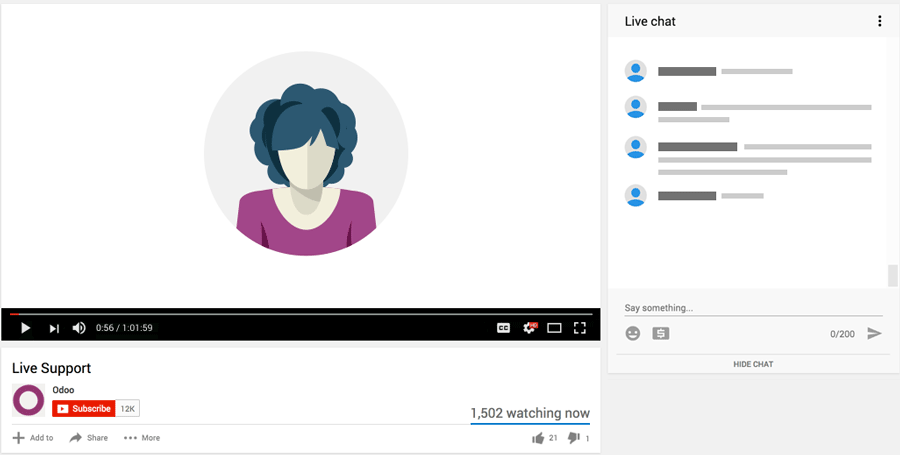(fyi - no question in this post)
As a professional photographer running a thriving business, I rely heavily on my website to connect with clients and showcase my work. When Odoo 18 was released, I was hopeful that the upgrade would enhance my website’s functionality. Unfortunately, the reality has been nothing short of a nightmare.
The moment I upgraded to Odoo 18, everything went haywire. My website’s entire format was changed, undoing months of hard work on design and user experience. Worse, I cannot even update my phone number in the header, leaving potential clients unable to reach me.
The frustration doesn’t end there. All the images on my website had to be reuploaded, along with their details, because the upgrade altered the format. As if this wasn’t enough, I discovered that no photographic themes are available in the portal, making it impossible for me to present my work professionally.
Adding salt to the wound, my Google Ads campaigns are running, and I’m losing money every single day because my website isn’t functioning properly. For a small business owner like me, this isn’t just an inconvenience—it’s a financial crisis.
I am at a loss for what to do next. The lack of support and the disruption caused by the Odoo 18 upgrade have left me feeling helpless. My message to Odoo: please listen to your users and provide practical solutions to these problems. Businesses like mine depend on your platform, and any failure on your part has far-reaching consequences.
For anyone considering an upgrade to Odoo 18, proceed with extreme caution. I hope my experience serves as a warning and sparks a conversation about the importance of seamless transitions and user support in the software industry.

Odoo upgrades are pain always. I have no customizations and still it takes me days before odoo is working properly after upgrade. It should be a smooth experience, just like other saas companies.
i had a similar Problem.
in my case it was because the entire "old" filestore directory was nested inside the new filestore directory. Instead of placing the database’s storage files directly under
…/filestore/Test_live2/
they ended up under
…/filestore/Test_live2/filestore/
i fixed the Problem with:
# Change into the directory containing the misplaced 'filestore' folder
cd /var/lib/docker/volumes/odoo18_odoo-data/_data/filestore/Test_live2
# Enable globbing to include hidden files in patterns
shopt -s dotglob
# Merge all files and directories from 'filestore' into the current directory
rsync -a filestore/ .
# Disable dotglob to restore default behavior
shopt -u dotglob
# Remove the now-empty 'filestore' directory
rm -rf filestore